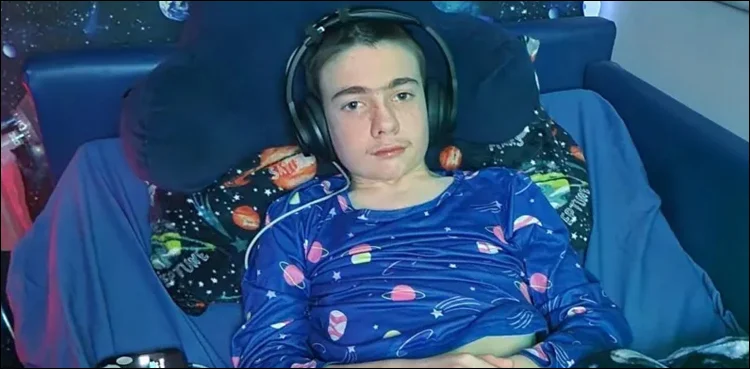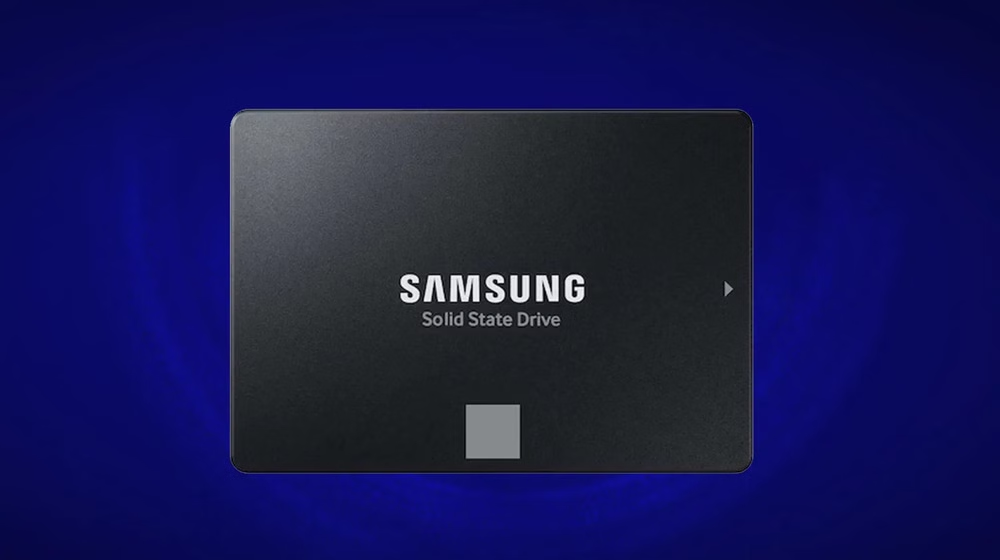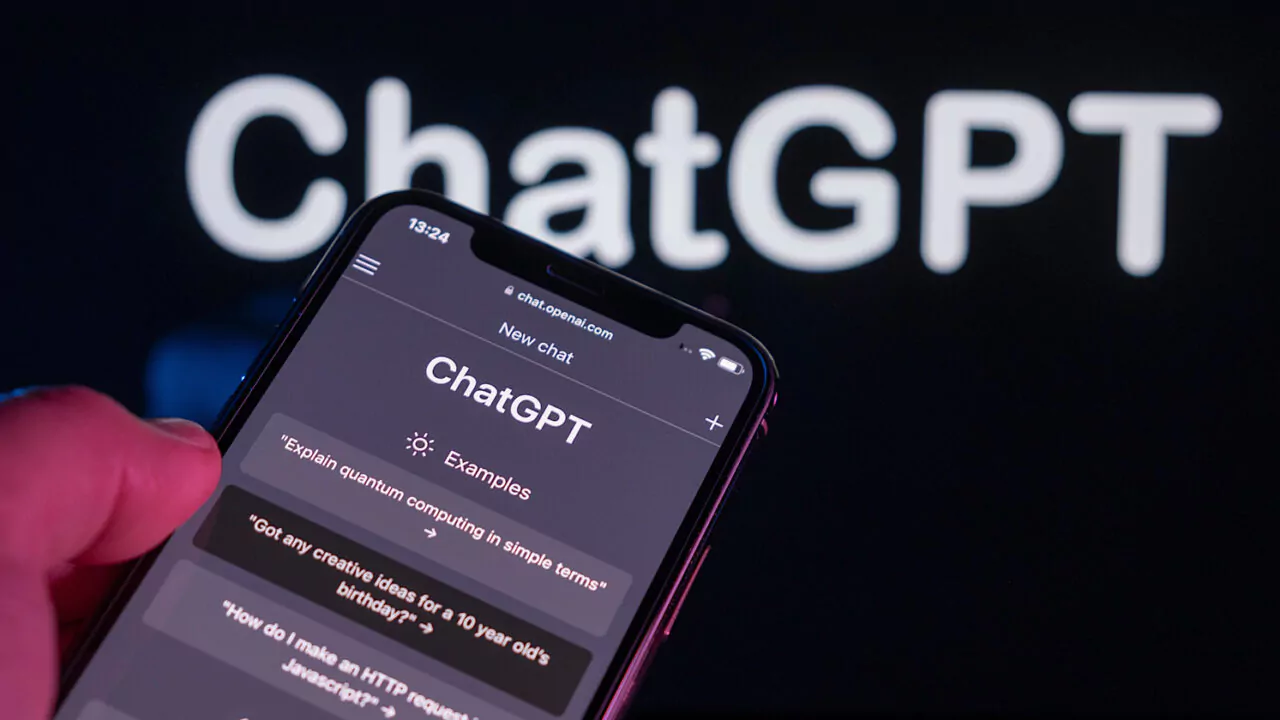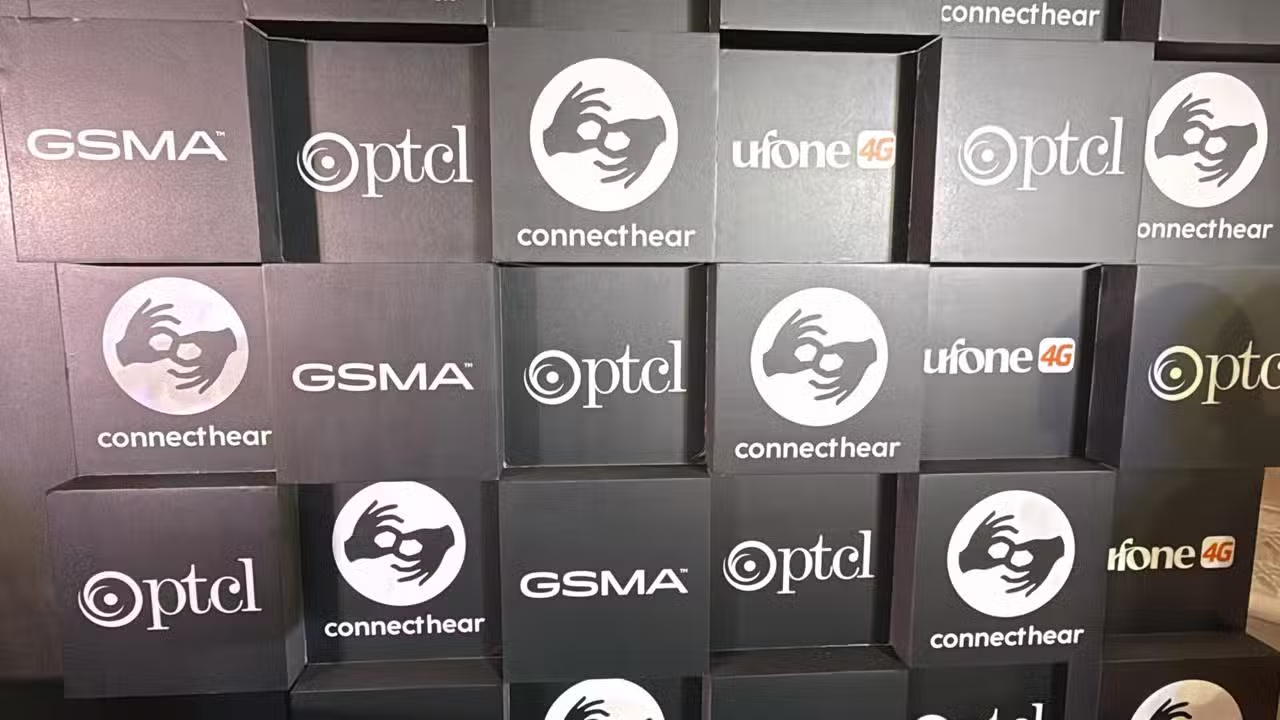In a groundbreaking medical achievement, doctors in the UK have successfully implanted a neurostimulator device in the brain of a young boy with severe epilepsy, significantly reducing his seizures. This marks the first time such a device has been used in a patient globally.
Revolutionary Surgery
The procedure was performed on Oran Knowleson, a boy from Somerset, who suffers from Lennox-Gastaut syndrome, a rare and severe form of epilepsy that is resistant to conventional treatments. Oran, who has had the condition since he was three, experienced between two dozen to hundreds of seizures daily. Now 13 years old, Oran underwent the innovative surgery at London’s Great Ormond Street Hospital in October of last year when he was 12.
The Neurostimulator Device
The neurostimulator, developed by the UK company Amber Therapeutics, is implanted at the base of the skull. It works by sending electrical signals deep into the brain to disrupt or block abnormal neural activity that triggers seizures. This device has reduced Oran’s daytime seizures by 80 percent, significantly improving his quality of life.
The Surgical Procedure
The eight-hour experimental surgery was part of a collaborative effort involving University College London, King’s College Hospital, and the University of Oxford. Led by consultant pediatric neurosurgeon Martin Tisdall, the surgical team meticulously inserted two electrodes deep into Oran’s brain, targeting the thalamus—a critical relay station for neuronal information. The precision required for this procedure was immense, with a margin of error less than one millimeter.
Remarkable Outcomes
Dr. Tisdall noted the dramatic improvement in Oran’s condition post-surgery. “The treatment has significantly reduced the frequency and severity of Oran’s seizures, enhancing his overall quality of life,” he said.
Oran’s mother, Justine, expressed her relief and joy at the positive changes she has seen in her son. “He’s happier and living a better life. We’ve seen a big improvement—fewer seizures, and they’re less severe. He’s very talkative and busy all the time. I can definitely call him a teenager now,” she told the BBC.
Before the surgery, Oran’s seizures were so severe that they often caused him to faint and sometimes stop breathing, necessitating emergency medication. In addition to epilepsy, Oran also has autism, which adds to the complexity of his condition.
Collaboration and Innovation
This pioneering treatment exemplifies the power of collaboration and innovation in the medical field. The partnership between leading institutions and the application of cutting-edge technology have opened new possibilities for managing severe epilepsy. The success of Oran’s surgery could pave the way for similar treatments in other patients suffering from refractory epilepsy.
Future Implications
The positive outcomes from Oran’s case offer hope to many families dealing with severe epilepsy. As research and technology continue to advance, more patients may benefit from such innovative treatments. The success of this neurostimulator implant could lead to its broader application, potentially transforming the lives of countless individuals affected by epilepsy worldwide.
The successful implantation of a neurostimulator in Oran Knowleson’s brain marks a significant milestone in the treatment of severe epilepsy. This innovative approach not only provides a new avenue for managing refractory epilepsy but also highlights the critical role of technological advancements and interdisciplinary collaboration in modern medicine. With continued research and development, this breakthrough could herald a new era of hope and improved quality of life for patients with epilepsy and their families.



